Introduction: Why Backflow Prevention Matters
Backflow is an often-overlooked threat that can compromise the safety and quality of your home’s water supply. It occurs when water flows in the reverse direction, carrying contaminants from sources like garden hoses, irrigation systems, or even sewage lines back into your potable water. For homeowners and plumbing professionals alike, understanding backflow prevention is essential—not just for health, but for legal compliance and peace of mind. Whether you’re tackling a DIY plumbing project or simply want to ensure your family’s water remains safe, this guide will walk you through the essentials of backflow, the devices that prevent it, and best practices for installation and maintenance. By the end, you’ll be equipped with practical knowledge to protect your plumbing system and avoid hazardous (and costly) mistakes.
What Is Backflow and Why Is It Dangerous?
Defining Backflow
Backflow refers to the undesired reversal of water flow in a plumbing system. Instead of moving away from your home, water (often contaminated) can flow back into your clean supply lines. This reversal is typically caused by two main phenomena: backpressure and backsiphonage.
- Backpressure: Occurs when downstream pressure exceeds supply pressure, pushing water back toward the source. Common in systems with pumps, boilers, or elevated tanks.
- Backsiphonage: Happens when a sudden drop in supply pressure (e.g., a water main break) creates a vacuum, sucking water and contaminants back into the system.
Risks Associated with Backflow
Backflow can introduce fertilizers, pesticides, cleaning chemicals, and even sewage into your drinking water. The health risks are severe: exposure to E. coli, Salmonella, and hazardous chemicals can lead to illness or worse. In many regions, backflow prevention is not just best practice—it’s a legal requirement with heavy fines for non-compliance.
Types of Backflow Prevention Devices
Atmospheric Vacuum Breaker (AVB)
The AVB is a simple, cost-effective device installed on pipes leading to non-potable sources like garden hoses or irrigation systems. It prevents backsiphonage by introducing air into the line if pressure drops, breaking the vacuum.
- Pros: Inexpensive, easy to install.
- Cons: Not suitable for continuous pressure or high-risk scenarios.
Pressure Vacuum Breaker (PVB)
PVBs are more robust than AVBs and are designed for systems under continuous pressure, such as lawn irrigation. They use a spring-loaded poppet and air inlet valve to prevent backsiphonage.
- Pros: Effective for outdoor irrigation, easy to test and maintain.
- Cons: Must be installed above the highest downstream outlet.
Double Check Valve Assembly (DCVA)
DCVAs use two independent check valves in series to prevent both backpressure and backsiphonage. Suitable for moderate hazard applications (e.g., fire sprinkler systems).
- Pros: Reliable, testable, and suitable for a wide range of uses.
- Cons: More expensive, requires professional installation and annual testing.
Reduced Pressure Zone (RPZ) Assembly
The RPZ is the gold standard for high-risk installations where contaminants pose a significant health hazard. It features two check valves and a pressure-monitored chamber that discharges water if the device fails.
- Pros: Maximum protection, mandatory for hazardous connections (e.g., industrial or medical equipment).
- Cons: Largest and most expensive, requires professional installation and annual certification.
Where Are Backflow Devices Required?
Common Residential Applications
- Outdoor Hose Bibs: Any hose connection can create a risk if the hose is submerged in a pool, pond, or bucket with chemicals.
- Lawn Irrigation Systems: Fertilizers and pesticides can easily siphon into the water supply without protection.
- Fire Sprinkler Systems: These systems often contain stagnant water that can backflow into potable lines.
- Boilers and Radiant Heating: Closed-loop systems can develop backpressure, forcing treated water (with chemicals) back into your drinking supply.
Legal and Code Requirements
Local plumbing codes—often based on the International Plumbing Code (IPC) or Uniform Plumbing Code (UPC)—dictate where and how backflow prevention devices must be installed. Many municipalities also require annual inspection and certification by a licensed professional, particularly for RPZ and DCVA devices. Non-compliance can result in fines or water service termination.
Step-by-Step: Installing a Backflow Prevention Device
Planning and Preparation
- Assess Risk: Determine the level of hazard (low, moderate, high) based on the application.
- Select Device: Match the device type (AVB, PVB, DCVA, RPZ) to the risk and local code requirements.
- Gather Tools: Pipe wrenches, Teflon tape, pipe cutter, adjustable pliers, and device-specific fittings.
- Shut Off Water: Always turn off the main water supply before starting work.
Installation Process
- Mark the Location: Devices must be accessible for inspection and maintenance—do not install in cramped or concealed spaces.
- Cut the Pipe: Use a pipe cutter to make a clean, straight cut. Remove burrs to prevent leaks.
- Fit the Device: Dry-fit the device and associated fittings to ensure proper alignment and clearance.
- Seal and Secure: Apply Teflon tape or pipe dope to threaded connections. Tighten snugly, but avoid overtightening which can crack valves.
- Test for Leaks: Slowly restore water pressure while checking for leaks at all connections. Tighten as needed.
- Check Operation: For testable devices (PVB, DCVA, RPZ), operate test cocks and relief valves according to manufacturer instructions.
When to Hire a Professional
While AVBs and PVBs can be installed by skilled DIYers, DCVAs and RPZs almost always require professional installation and annual testing for compliance. If you’re ever unsure, consult a licensed plumber.
Maintenance and Testing: Keeping Your System Safe
Regular Inspections
Backflow prevention devices should be visually inspected at least twice a year for signs of corrosion, leaks, or damage. Outdoor devices are especially prone to weather-related wear and freezing.
Annual Testing
Most municipalities require annual testing of DCVA and RPZ assemblies by a certified backflow tester. These tests check for proper valve operation, pressure retention, and discharge functionality. Documentation is often required for compliance.
Common Maintenance Tasks
- Winterization: Drain irrigation and outdoor devices before the first frost to prevent freeze damage.
- Cleaning: Remove debris and mineral buildup from device inlets and outlets.
- Seal Checks: Inspect gaskets and O-rings for wear; replace as necessary to prevent leaks.
- Valve Exercise: Operate manual valves periodically to keep mechanisms moving smoothly.
Compliance, Certification, and Documentation
Understanding Local Requirements
Compliance is non-negotiable with backflow prevention. Most jurisdictions require devices to be installed by licensed professionals and tested annually. Check your city or county’s website or building department for specific forms and reporting procedures.
Keeping Records
- Maintain a log of installation dates, model numbers, and test results.
- Keep certificates and inspection reports on file for at least five years.
- If you sell your home, provide documentation to buyers and inspectors as proof of compliance.
Penalties for Non-Compliance
Ignoring backflow prevention regulations can result in hefty fines, water shut-off, and even legal action if contamination occurs. Insurance policies may not cover damages resulting from non-compliant plumbing systems.
DIY Tips and Common Pitfalls
DIY Best Practices
- Always wear safety goggles and gloves when cutting pipes or handling pressurized systems.
- Use pipe supports and clamps to prevent stress on connections.
- Follow manufacturer instructions and local codes to the letter.
- Label all backflow devices with installation and test dates.
Common Mistakes to Avoid
- Installing devices below grade or in areas prone to flooding.
- Using the wrong device type for the hazard level.
- Neglecting annual testing or maintenance.
- Improper sealing or overtightening, leading to leaks or cracked housings.
Case Example: Backflow Failure in a Residential Setting
Consider a homeowner who installed an irrigation system but skipped the backflow preventer. After a heavy rainstorm, the supply pressure dropped, and water from the pesticide-treated lawn was siphoned back into the house’s plumbing. Family members began experiencing gastrointestinal illnesses. Investigation revealed cross-connection contamination—a costly and dangerous oversight. This could have been easily prevented with a $60 PVB and annual testing.
Conclusion: Safeguard Your Home and Community
Backflow prevention is more than a code requirement—it’s a vital part of maintaining a healthy, reliable water supply for your household. The dangers of contaminated water range from minor inconvenience to life-threatening illness, and the legal stakes are just as high. By understanding the types of backflow devices, where they’re needed, and how to install and maintain them, you take proactive steps to protect yourself, your loved ones, and your community. Whether you’re a DIY enthusiast or rely on professional plumbers, staying informed and compliant with backflow prevention standards is a responsibility every homeowner shares.
Don’t wait until contamination occurs or until you’re faced with fines and emergency repairs. Inspect your plumbing system, consult local codes, and invest in the right backflow prevention devices. Schedule regular maintenance and keep detailed records. These simple measures not only safeguard your home but also contribute to the wellbeing of everyone connected to your municipal water supply. With a little knowledge and diligence, you can ensure the water flowing from your taps remains pure, safe, and worry-free for years to come.
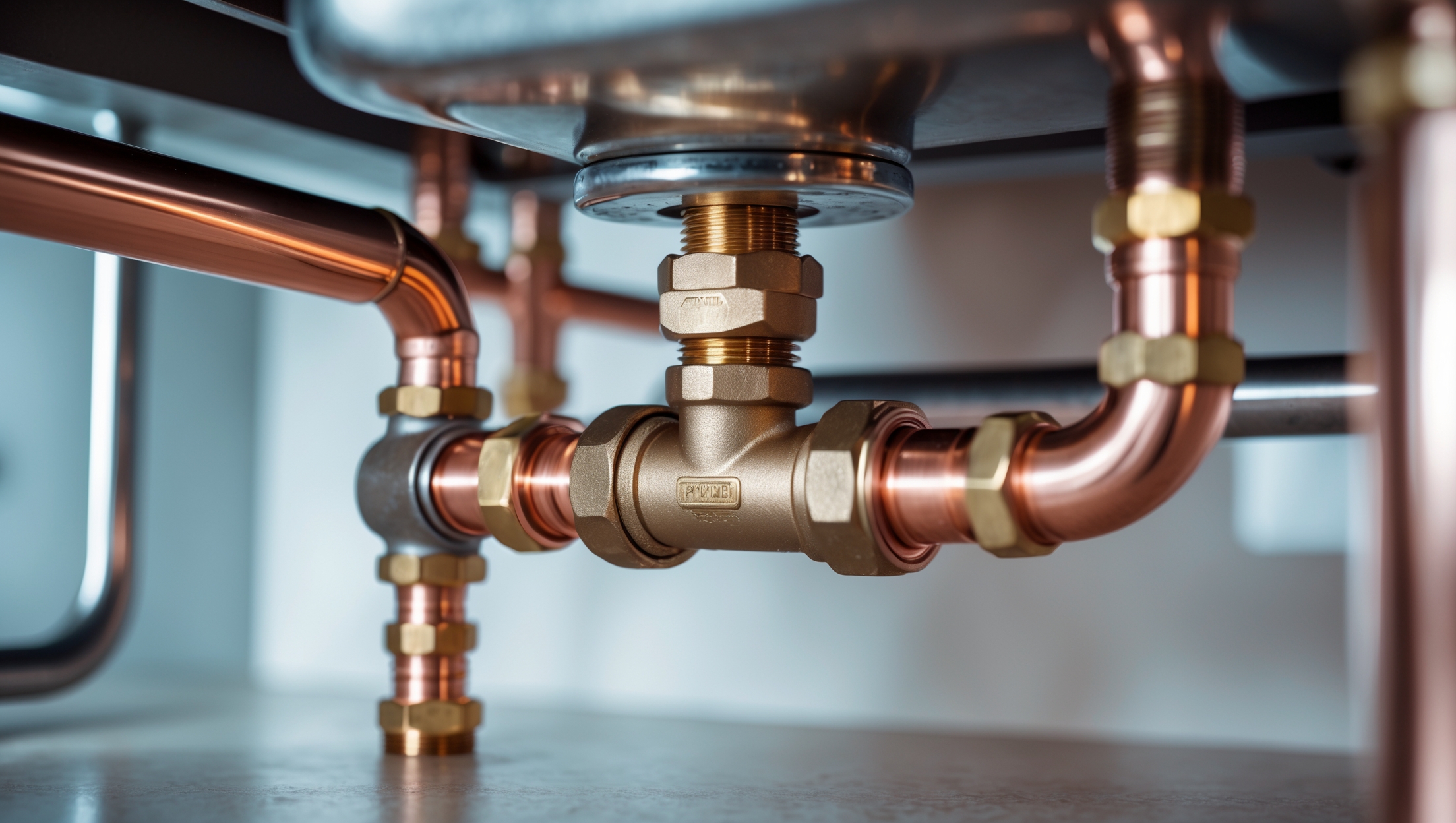
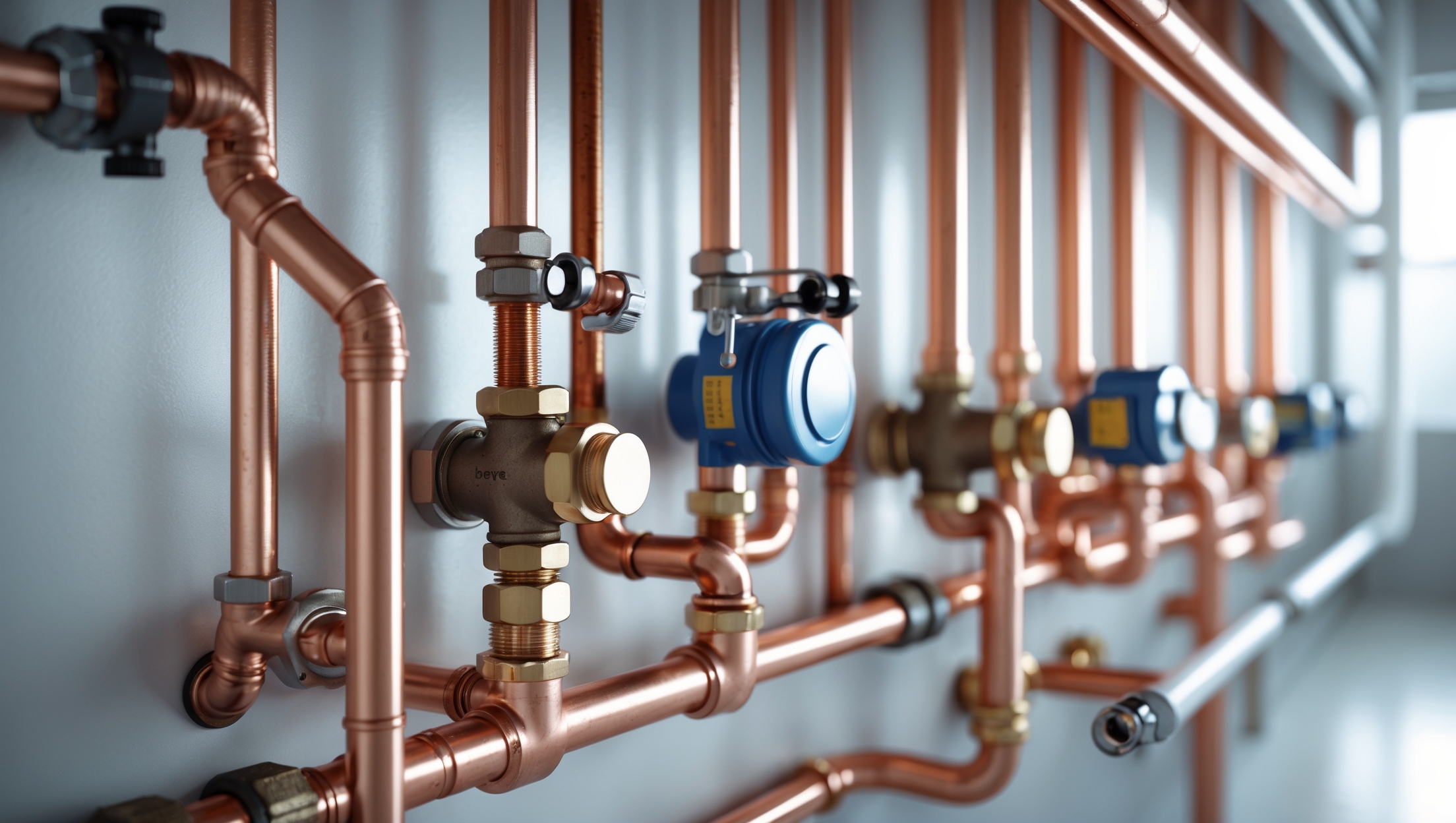

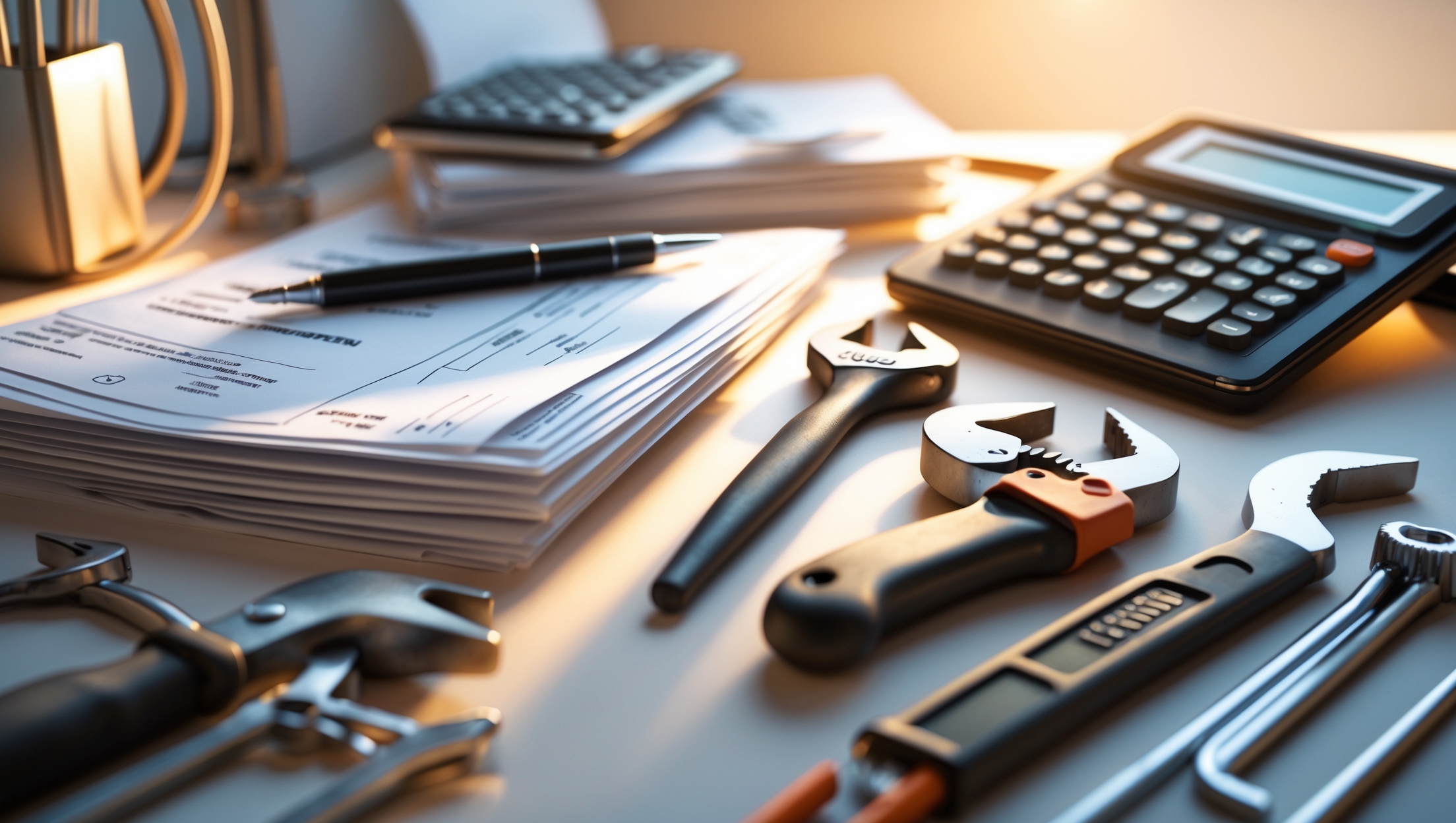
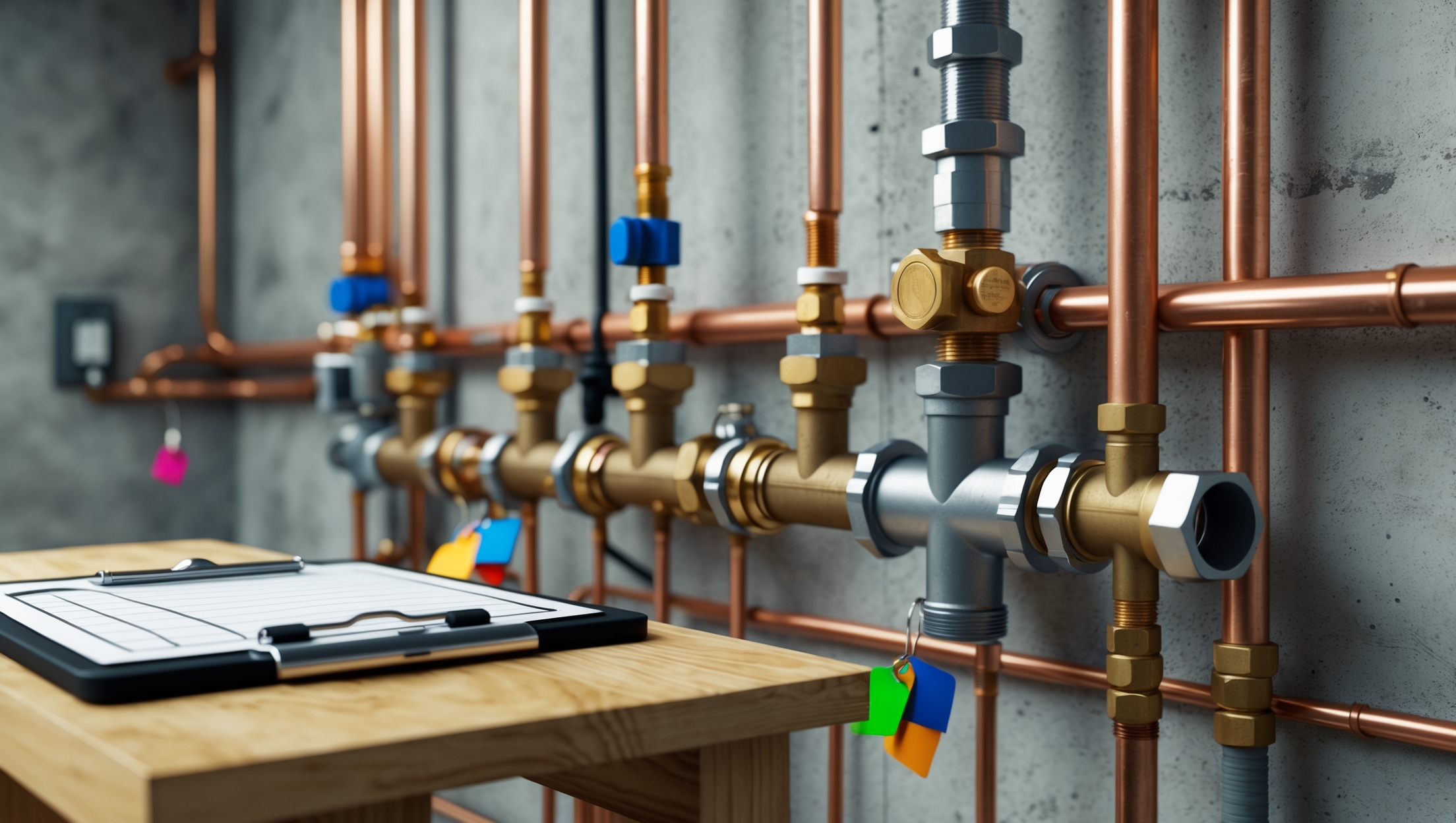
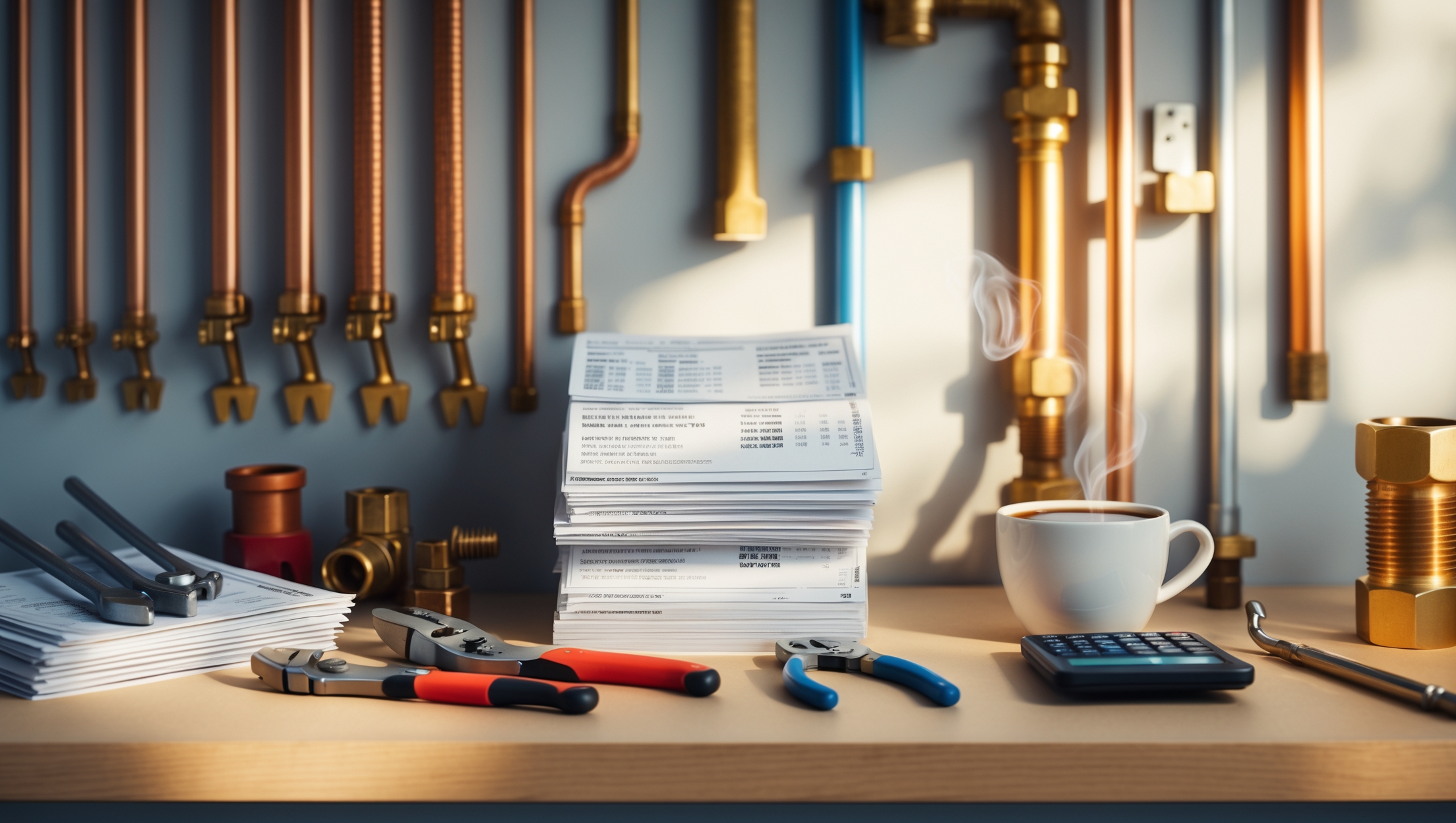
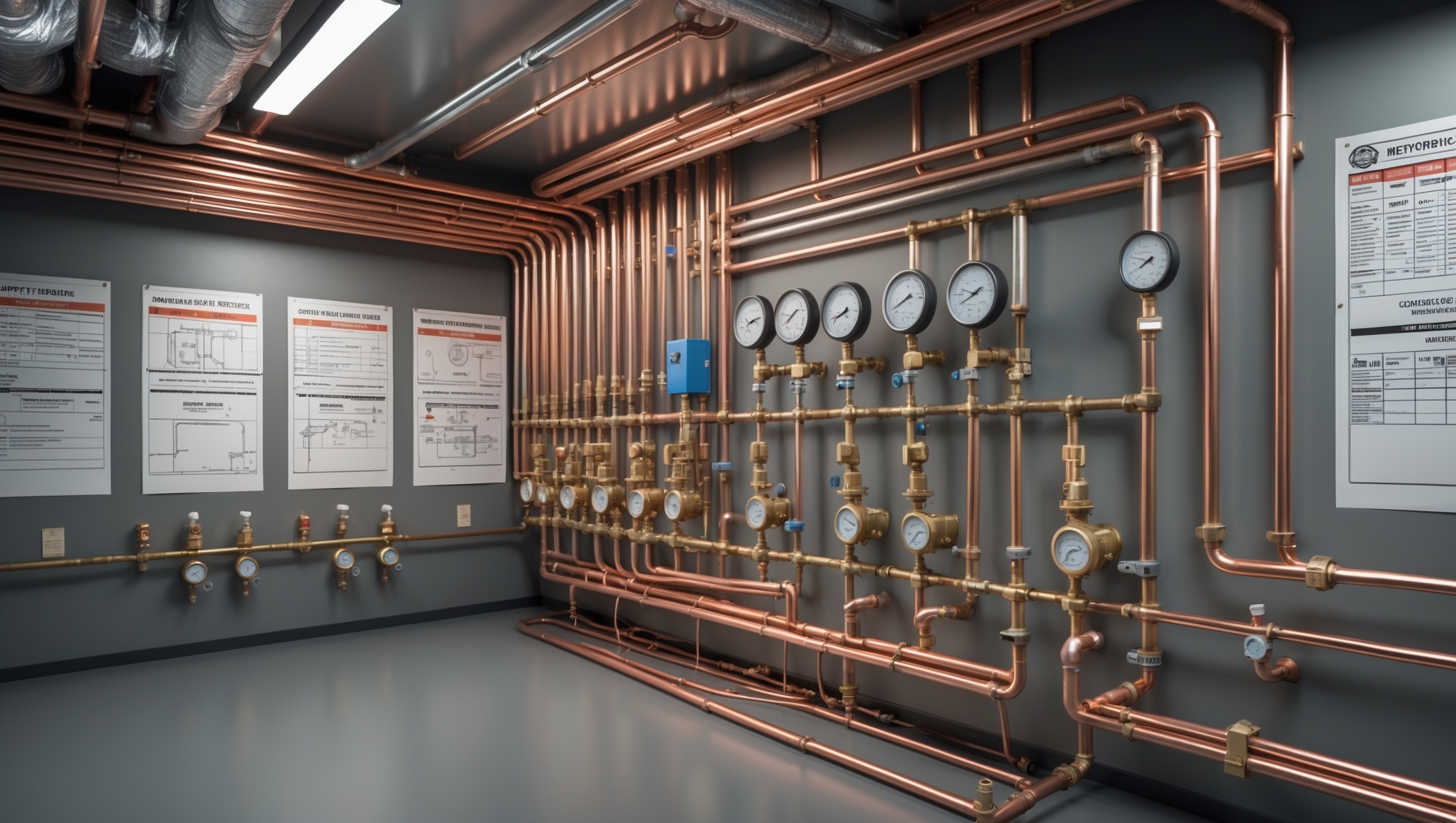
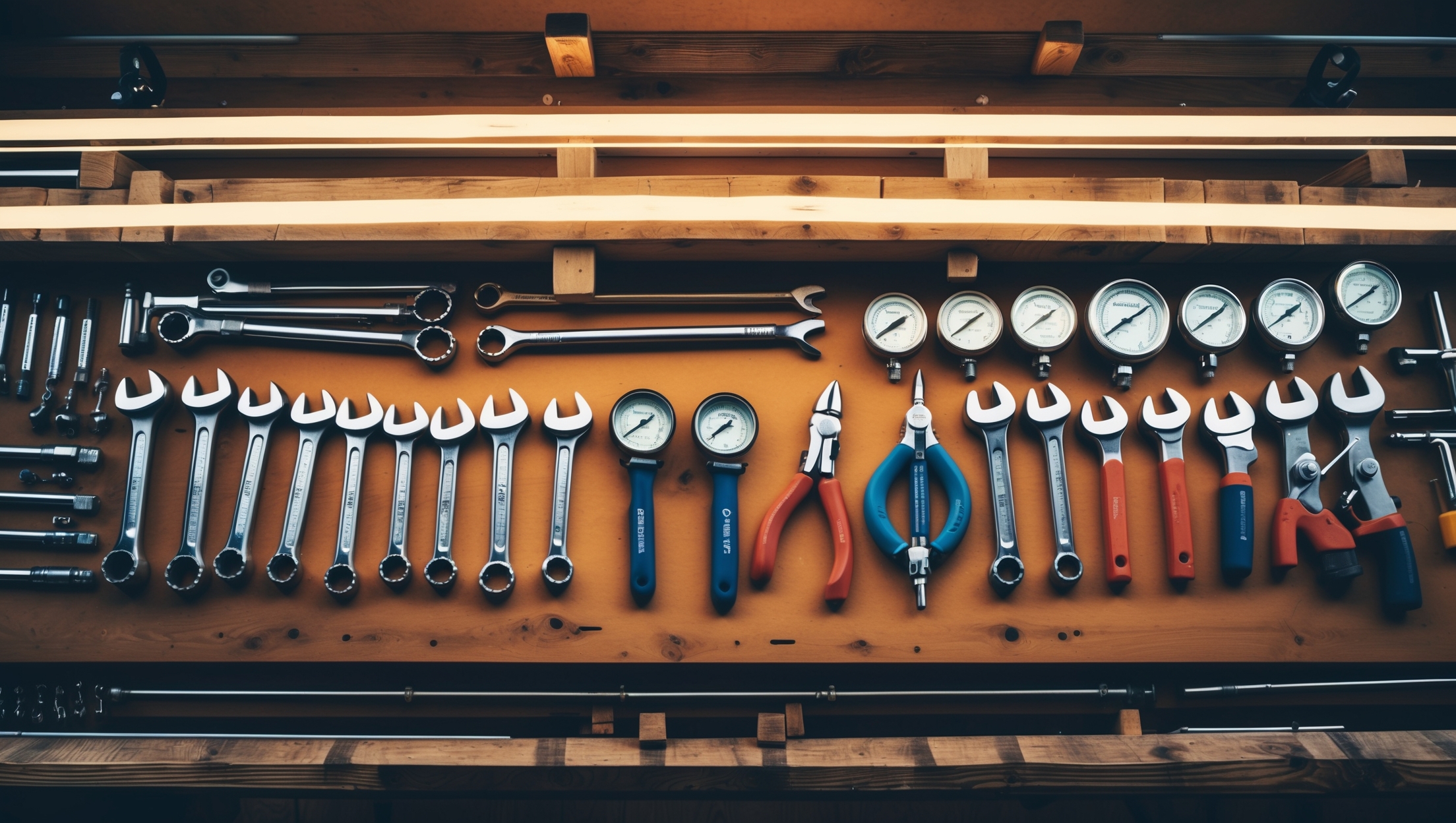
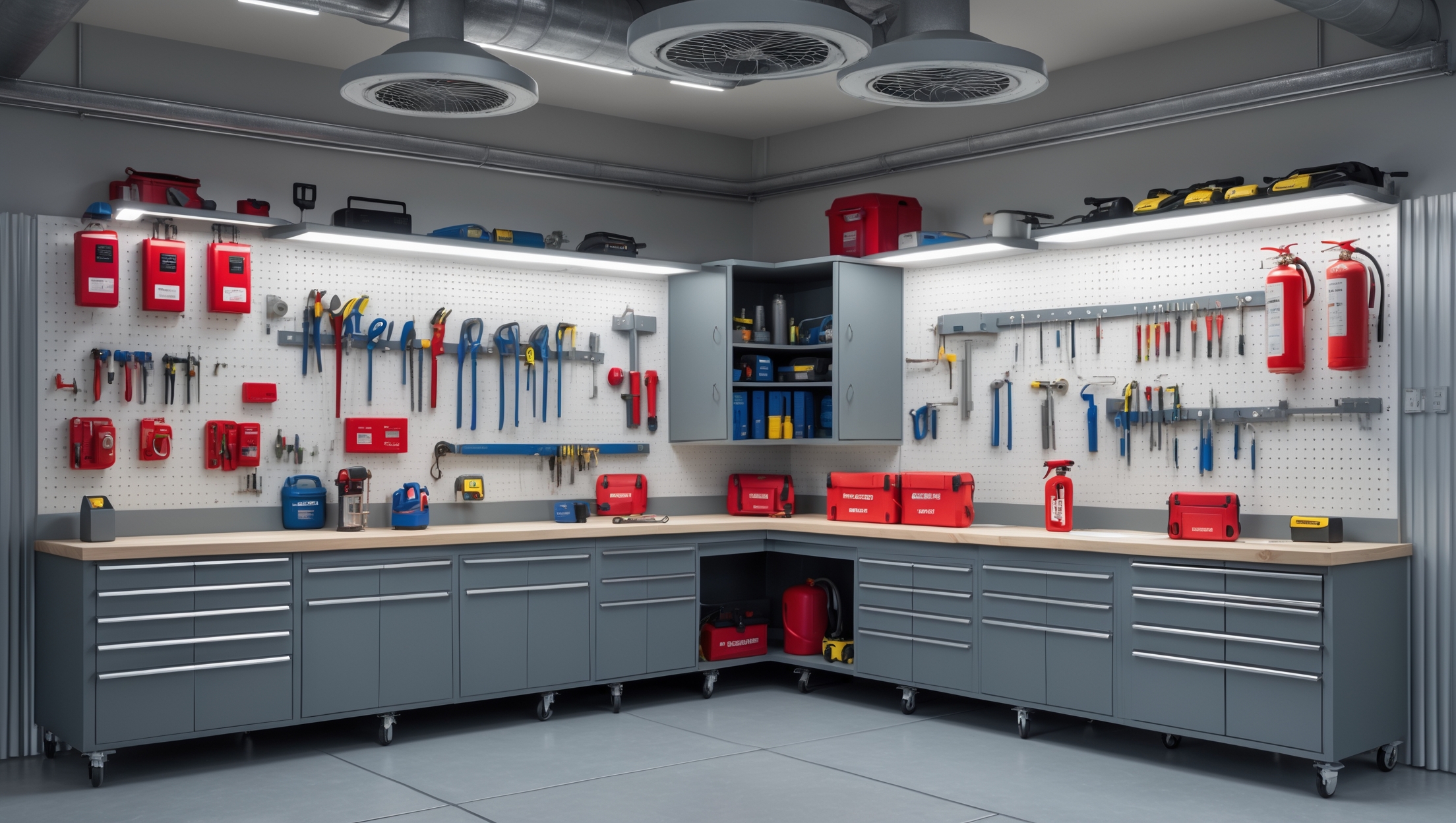
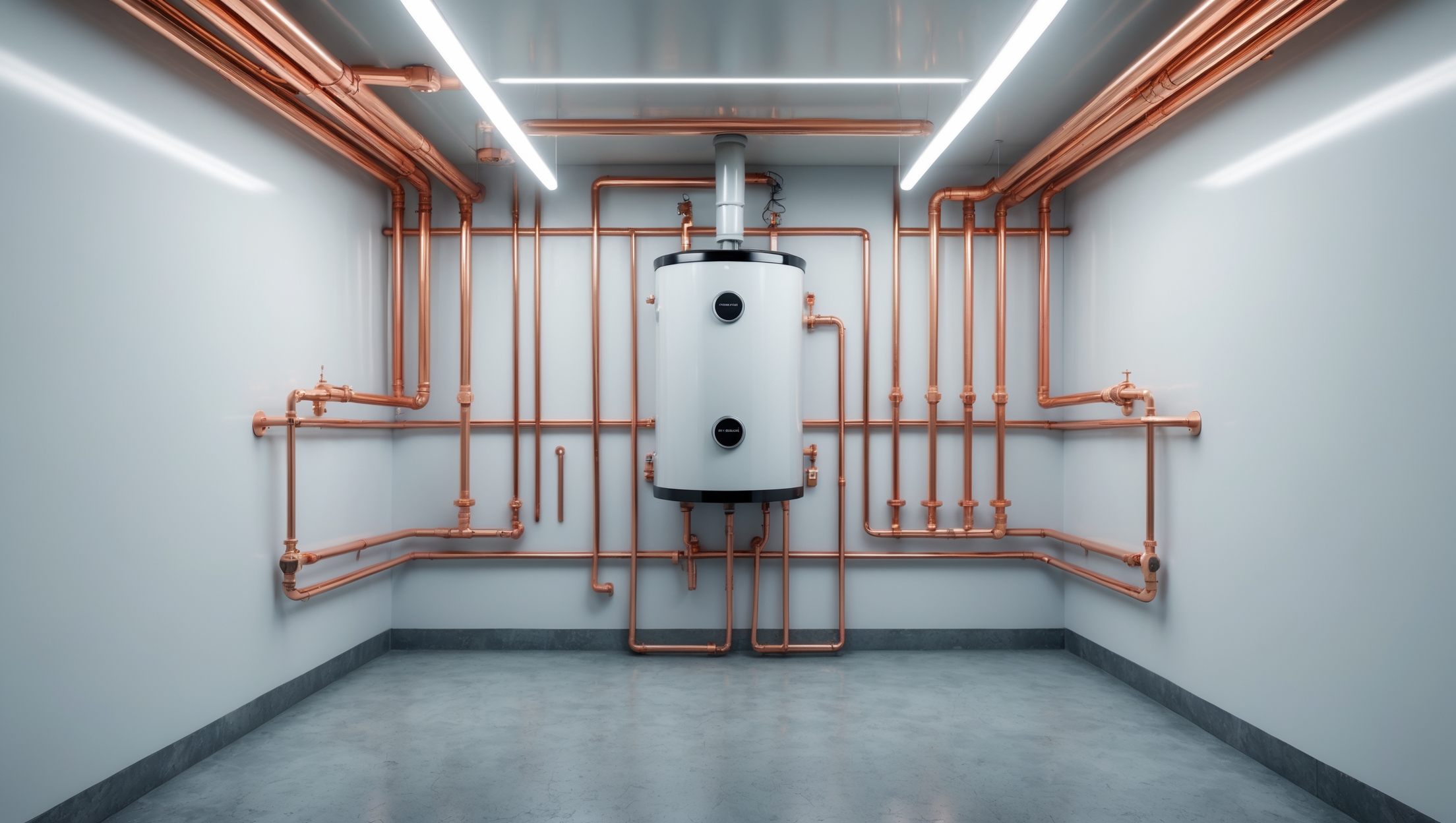
Linda Martin
When you talk about contaminants like fertilizers and cleaning chemicals getting into potable water, is there a way to check if your home’s water has already been affected by backflow before installing a device?